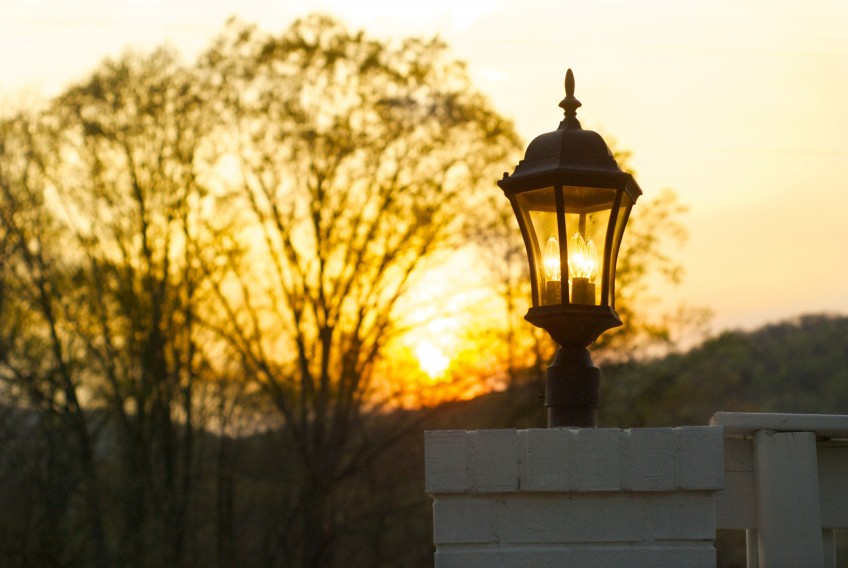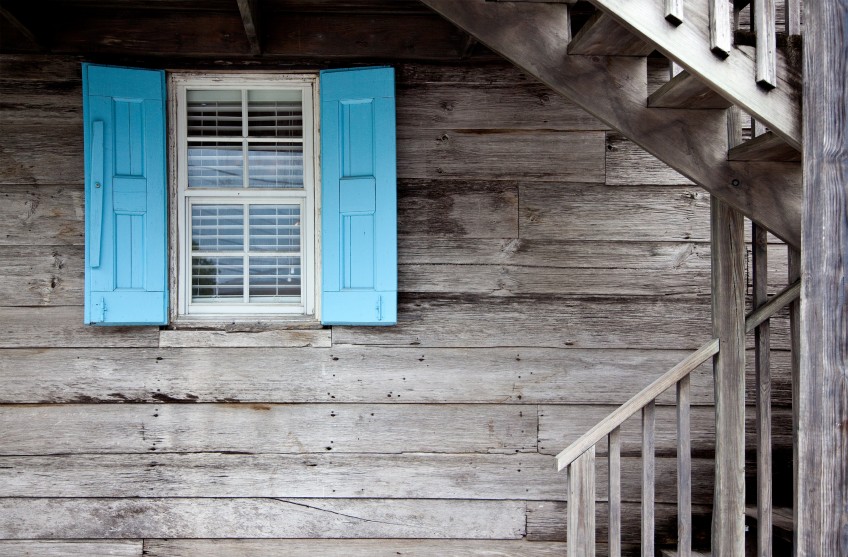Introduction
Properly setting the temperature and schedule on your programmable thermostat is one of the most effective ways to minimize your home's energy use. This simple device has the power to control a large amount of your home’s energy and should be carefully monitored to minimize waste.
Step by step
Programmable thermostats usually come in two main types, 5/2 day (or week/weekend) and 7-day configurations. A 5/2 thermostat allows one schedule to be set for all the weekdays and another for the weekends. While this may work for some home schedules, we generally recommend the 7-day version, which allows a different schedule to be programmed each day. This is what this tutorial will be based around. If you don’t have a 7-day model installed, you should definitely invest in one!
Your programmable thermostat usually has 4 “events” available to program each day. Sometimes these are listed as wake, leave, return, and sleep. You can set the time and temperature for each of these. The goal is to “set back” the temperature while you’re gone (up in the summer, down in the winter) to minimize energy use.
This might be a good time to address a common myth about programmable thermostats. “Isn’t it more efficient to just keep it at the same temperature all the time rather than having it work so hard to bring it back to temperature when I come home?” A valid question, but we assure you it is better for your unit to be set back rather than maintaining the same temperature all the time! Additionally, your Heating and Air Conditioning (HVAC) system prefers to run hard for a short period, rather than running light for a long time. These periods of hard running help maintain low humidity during the winter, which allows you to be more comfortable at higher temperatures (76-80 degrees), which ultimately saves you money.
Ok, back to programming. Let’s talk about temperature set points. Oh boy…this could get touchy. Each person will prefer a slightly different temperature but these are some generally accepted guidelines for when you’re home and away, during the winter (Heating) and cooling (Summer) seasons.
|
|
Home |
Away |
|
Summer (Cooling) |
74-78 |
82-85+ |
|
Winter (Heating) |
68-70 |
55-62 |
Try to stay in these guidelines, keeping in mind that the further out you can go to the outer ranges, the more money you’ll save. If you have pets at home during the day, you may want to keep the away temperature closer to 82 or even cooler, but if no one is around don’t be afraid to let it drift up above 85.
For your event times, look at your schedule during the week and set each day accordingly. You should be able to cover just about everything with the 4 times each day. If you’ll be around all day, just set all 4 the same.
A note on overrides…..
Overriding your thermostat can be a great way to help you stay on schedule. If you need to bump the temperature up or down, no harm done. Most thermostats are designed so that everything goes back to the schedule on the next scheduled event. HOWEVER! Notice that button that says something like “Hold” or “Permanent Override”? That will completely override your schedule and can cost you a lot of money! Best time to use this is if you’re going on vacation and want to set the temperature back for a long time and not have the normal schedule kick in.
What about all those other settings?
You may notice a setting for your Fan of “On” or “Auto”. Any forced air HVAC unit has a fan to blow the warm or cold air. If this setting is left on Auto, the fan will only run while the unit is heating or cooling. If it is left “On”, it will run 24/7. Typically you just want to leave this on “Auto” as leaving it “On” all the time will cause drafts (Winter) or blow hot air (Summer).
You’ll also have a Heating, Cooling, Auto, or Off selector. While you can adjust between heating and cooling each season, there is no harm in switching to Auto and letting the system switch automatically based on temperature. If your set point are right, it will be in the right mode all year and may even stay off for a period during the Spring and Fall.
Step-by-Step Instructions
- Agree on a temperature with your family
It is hard to make everyone comfortable so start with a temperature that is a good compromise for everyone. Don’t make this too big of a deal right now, you can always adjust it later once everyone is used to it. Pick a temperature for the day and another for sleeping. Most people are ok with a lower Winter heating set point while sleeping (+/- 62) - Determine your schedule
Write down your daily schedule on a piece of paper. Think of the last person out and the first person in and set accordingly. Consider when everyone typically goes to bed and gets up too, as most people prefer a different temperature while sleeping.
Depending on how appropriately your HVAC unit is sized to your home and how far the temperature has drifted from set point, the unit will take a varying amount of time to warm up or cool down your home. We suggest starting by setting the schedule 30 minutes earlier than the actual time you need it at temperature. For example, if you let the heating set point drop to 62 at night in the Winter, but prefer it at 68 when you get up at 6am, set it 68 at 5:30am. - Program the thermostat
Each unit is a little different, but they almost all use the same concept. Select a time, adjust, and set the temperature. We’ll deal specifically with the Honeywell Wi-Fi RET97B5D1002/U, which is a great choice for most homes.
- Make sure the clock on the thermostat is set correctly!
- Select “Schedule” and then “Edit”
- Select the days with a similar schedule
- Select each of your 4 event times and set a temperature for each. This will apply to all the days you selected.
- Select the next set of days with a common schedule and repeat until all days are complete.
- Set the fan and mode setting to “Auto”
Below is a video from SupplyHouse.com that shows how to program a similar model of thermostat with the steps above:
If you’d like additional information, you can download the full Honeywell Wi-Fi RET97B5D1002/U here.
4. Monitor and Adjust
Over time you’ll likely need to adjust your temperature and schedule for different activities or preferences.
5. Mark Complete
It’s good to check your temperature and schedules at least twice a year so we’ll remind you of this task again in 6 months.




